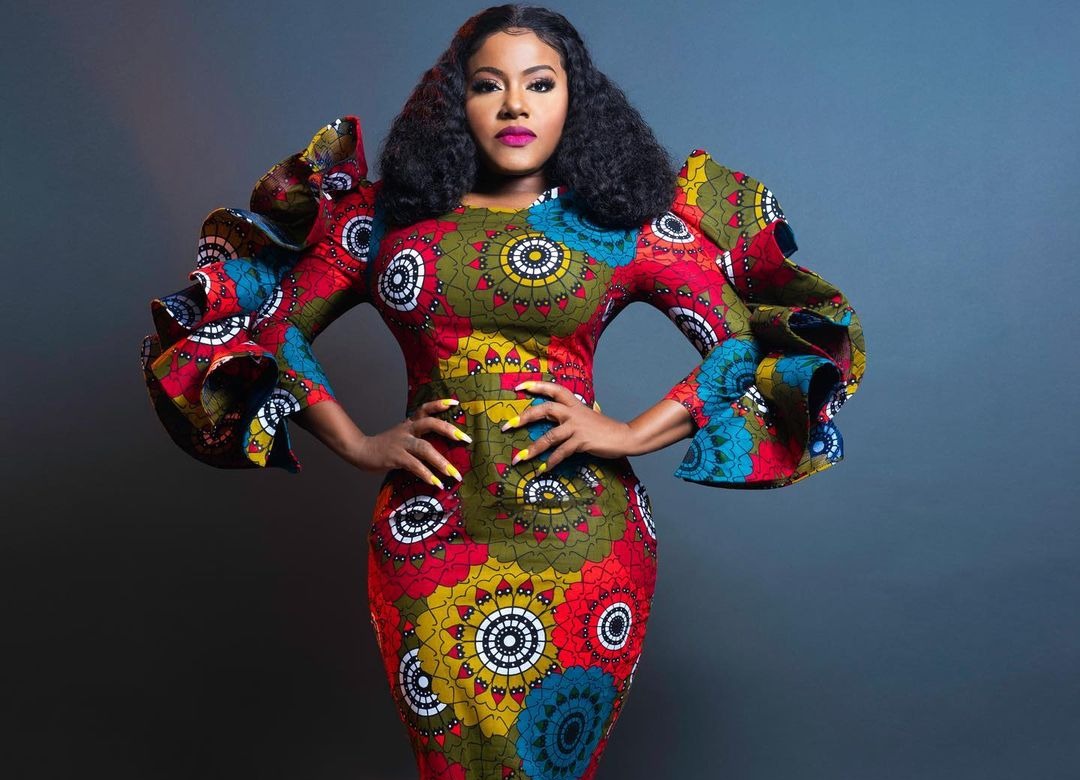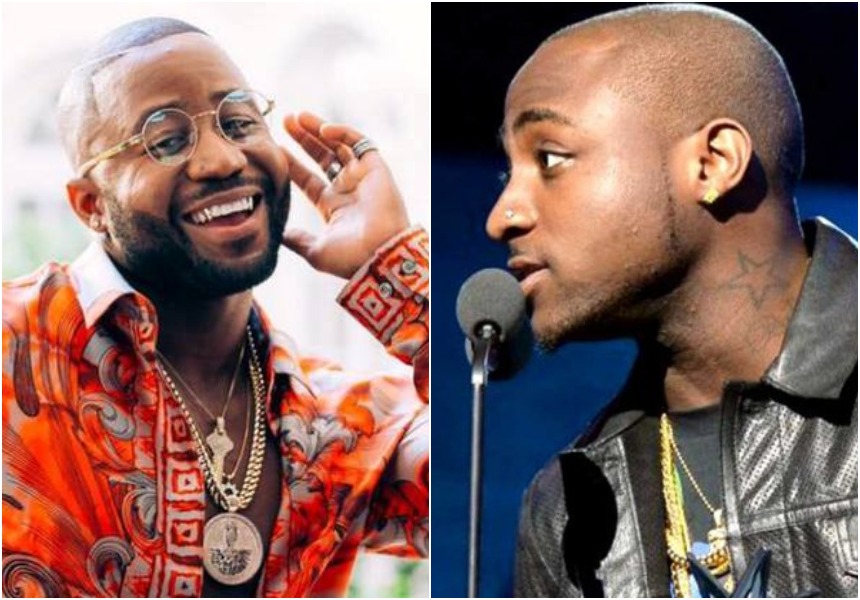Rap music has undergone a significant transformation in Kenya over the past few decades, becoming an integral part of the country’s music scene with a distinct Kenyan identity.
Initially, rap music was considered an American import and was mainly played on urban radio stations, with most Kenyans not understanding the lyrics. However, a few local artistes started experimenting with rap, and as time passed, the genre gained more popularity.
Kalamashaka, a trio made up of Oteraw, Kamaa, and Johnny Vigeti, was one of the early pioneers of Kenyan rap. Their hit song dubbed ‘Tafsiri Hii’ in the late 1990s, which addressed social issues affecting youth and criticised the Kenyan government, marked the beginning of a new era for Kenyan rap.
In the 2000s, more Kenyan artists began embracing rap music, and Nameless, with his debut album ‘On Fire’ in 2003, became one of the most successful studio album to have been released in the country.
The album included several rap tracks, such as the hit song ‘Ninanoki,’ a collaboration hit record dubbed ‘Boomba Train’ with E-Sir, which topped the charts and helped propel rap music into the mainstream.
As time passed, Kenyan rap continued to grow and evolve, with artistes such as Jua Cali, Abbas Kubaff, and Octopizzo introducing their unique styles and lyrical content to the genre.
Jua Cali’s contribution was particularly influential, popularizing a sub-genre called ‘Genge’ that combined rap with traditional Kenyan music.
Today, Kenyan rap remains vibrant and relevant, with new artists emerging and pushing the genre in new directions.
Among the most popular artistes are Octopizzo, Wakadinali, Femi One, Khaligraph Jones, Kayvo Kforce, Fena Gitu, and King Kaka, known for their innovative sounds and socially conscious lyrics that tackle issues like corruption, police brutality, and poverty.
Moreover, Kenyan rap has played a significant role in shaping the country’s popular culture and reflecting its social and political realities.
Many artistes have used rap music to express their frustrations with government corruption, societal inequality, and other pressing issues. As a result, Kenyan rap has become a vehicle for social and political activism, inspiring many young people to engage in civic action.
Additionally, Kenyan rap has been instrumental in promoting the use of local languages in music.
While English and Swahili are the official languages of Kenya, many rap artistes use their mother tongues, such as Kikuyu, Luo, Kamba, and Sheng, in their music. This has helped to preserve and promote Kenya’s rich cultural heritage while also making rap music more accessible to people from different parts of the country.
Finally, Kenyan rap has also contributed to the country’s music industry’s growth and success.
In recent years, Kenyan artistes, including rappers, have gained international recognition, and their music has reached audiences beyond Kenya’s borders. This has boosted the country’s tourism and cultural exports, making Kenyan music an essential part of the global music scene.
Kenyan rap has evolved from an American import to a distinct and influential genre with its own unique identity.
Through its powerful lyrics, social activism, and cultural contributions, Kenyan rap has become a symbol of the country’s artistic, social, and political resilience. With more talented artists emerging and pushing the genre to new heights, the future of Kenyan rap looks promising.




